The reference international standard is IEC 61851-1 and it defines 4 modes of charging:

Mode 1:
AC charging from a standard domestic power socket.
The simplest mode of charging. You simply plug one end of the charging cable into the mains socket and the other end into the electric car. This means it does not have any protective safety measures. You will likely never use this as an EV owner.
Mode 2:
AC charging from a standard outlet, but unlike charging mode 1, this mode requires the presence of a specific safety system between the point of connection to the electrical network and the car in charge. The system, a form of Electric Vehicle Supply Equipment (EVSE), is placed on the charging cable and is called the Control box.
Portable EV chargers are the most common form of mode 2 charging.
Mode 3:
AC charging from a dedicated charging point permanently connected to the building's power supply. Charging mode 3 is similar to charging mode 2, except that the control box (or EVSE) is integrated directly into the charging point. Therefore, a charging mode 3 charging station is not mobile. The charging points are commonly known as wallbox charging stations or simply wallboxes.
Mode 4:
Direct current (DC) charging with a DC charging station. Mode 4 charging is the only charging mode that provides direct current. The charging station will usually be much bigger due to the presence of the converter that transforms the current from AC into DC before passing through the charging cable towards the connected electric car.
For this mode there are two standards, one Japanese and one European called respectively CHAdeMO and CCS Combo. Charging stations that charge in mode 4 allow charging up to 200A and 400V even if the legislation does not specify a maximum limit.

